
How much does it cost to replace a windscreen?
This used to be a simple question since most car windscreens were made from the...
Browse over 9,000 car reviews
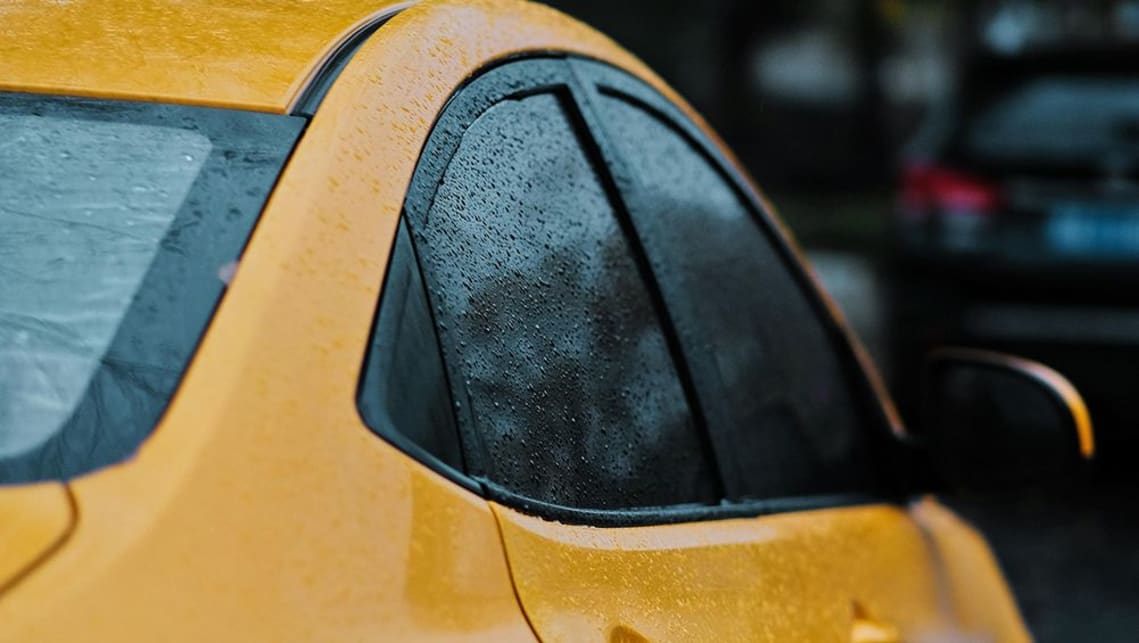
Q: How much does it cost to tint car windows?
A: The cost of car window tinting will vary in many ways. It's not as simple as wandering in off the street and asking the receptionist how much is car window tinting? There are plenty of variables to consider.
First, there's the size of the car and its window surface area. Then there's the type of tint you want, as well as the degree – or darkness – of the tint you require.
This last factor is subject to state and territory laws, too, and too dark a tint will render the car unroadworthy, so keep that in mind.
But what is tinting in the first place? Basically, it's the application of a film to your car's windows that blocks out some of the sun's heat and radiation.
It can preserve the car's interior, make the car much nicer to be in in hot weather and can even reduce fuel use because you'll be using the air-con less.
Meantime, the cost of car window tinting Australia-wide will also come down to who you choose to do the job. Some companies (sometimes the bigger, franchised operations) can charge less because of the scale of their business.
But it's also true that some smaller operators with fewer overheads can also be very well priced.
Even your location can make a difference with sun-drenched states like WA and QLD tinting a higher percentage of cars on the road and, therefore, being able to charge less for each job. Some state motoring clubs also offer a tinting service with good discounts on the cost to tint car windows for members.
Then there's the question of precisely what window tint you're after. Basic tint is just that, but there are more expensive films available.
Your choices start with what's called dyed tinting which is a dyed layer between an adhesive and a protective top coating. This is the cheapest alternative and gives a matt finish and can block anything from five to 50 per cent light transference.
But it's not great at stopping heat entering and it's also the type that can lead to bubbling and discolouration over time.
Metallised film is the next option and, as the name suggests, small particles of metal are part of the film's chemistry. This enables it to block out heat and reduce glare as well as reducing UV radiation.
This type of film doesn't fade or break down over time but it is more expensive, gives a shiny finish that not everybody likes and it can interfere with radio reception. It's also relatively expensive.
There's also a hybrid of metallised and dyed tint and this is good for really dark tints, say, for a car's rear window where you can legally go darker.
The hybrid film also has the best things about each type including metallised film's resistance to fading, its ability to filter out heat and UV.
But, the smaller amount of metal in the product means there's less effect on radio reception, it's less shiny to look at and it's also fairly expensive relative to dyed tint.
The latest trend in car tinting has been the move to ceramic tinting which uses a film with a ceramic content. This is really good at blocking all sorts of heat and radiation, doesn't fade, doesn't interfere with electrical gear and doesn't give a shiny or reflective finish.
It is, however, the most expensive option when it comes to how much to tint car windows.
So, let's cut to the chase: How much to tint car windows? As a very broad rule of thumb, something like a two-door ute will cost anything from about $200 to $300 to tint depending on what film you choose.
A small hatchback should range from about $250 to $400 and a conventional sedan will be somewhere between $300 to $500. A mid-sized SUV will probably cost between $300 and $450 to tint, a larger SUV will be around $100 to $150 on top of that and a people-mover with all those windows can cost up to $600.
Again, these car window tinting prices are very general and will depend on lots of things including your location, tint material and even seasonal demand.
Living in a hot climate doesn't always mean you'll pay more mainly because those areas have a lot of demand and, therefore, turnover, meaning prices can be contained.
If you're worried about regional variations, try to find one of the larger networks which will usually align Brisbane prices with Adelaide prices, including Sydney and Melbourne and even large regional centres like Geelong and the NSW Central Coast.
That way, you know what you're paying up front. The other thing to look for is a company with an online price calculator that allows you to get an idea of price (or a price list) before you even pick up the phone.
In regional centres and smaller towns, googling car window tinters near me is probably the best place to start.
Of course, regardless of where you shop, always get a written quote before committing to the job.



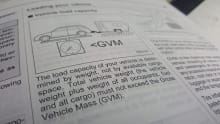

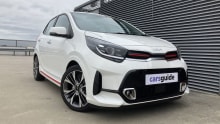


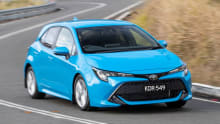
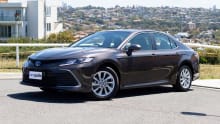
Comments